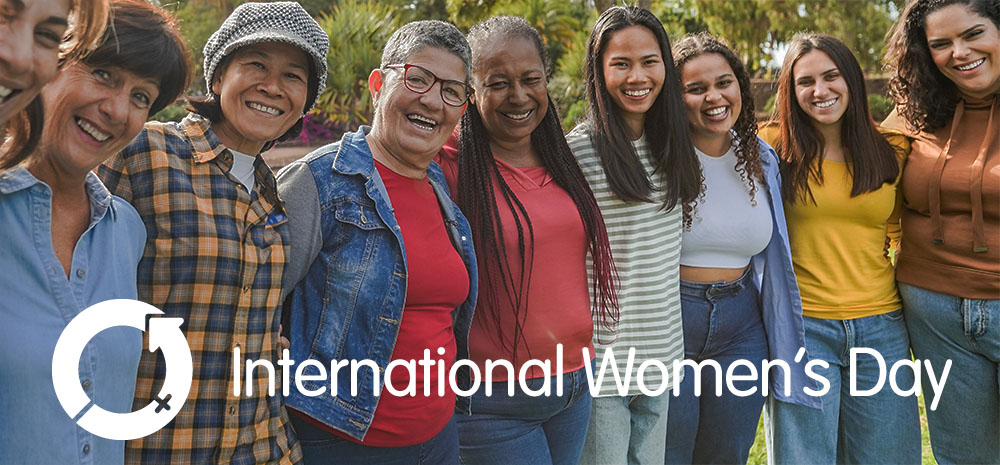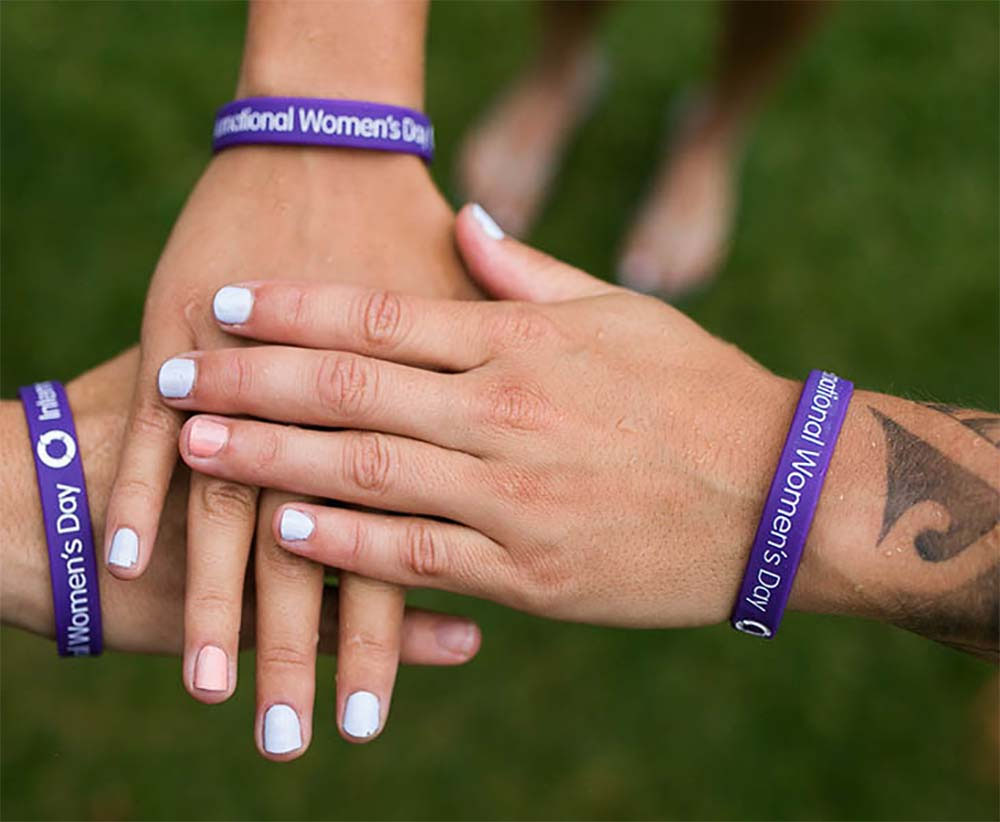Learn about International Women's Day (IWD)
International Women's Day (IWD), celebrated annually on March 8, is a global day celebrating the social, economic, cultural, and political achievements of women. The day also marks a call to action for advancing gender equality.
IWD has been around for well over a century, with the first IWD marked in 1911.
What is IWD?

IWD is a specific day dedicated to the advancement of women worldwide.
Marked by millions of people on March 8, IWD provides an important platform to engage with communities, reflect on progress, and commit to positive action. Participation in IWD ensures progress toward equality remains on the global agenda and positive action prevails.
IWD has a long and powerful history of collective action, with many groups, countries, and bodies having actively contributed to its evolution.
Today, IWD is a highly visible worldwide occurrence with significant mainstream awareness, marked by groups worldwide in a wide variety of ways.
Remember, all IWD activity is valid. IWD is a movement. It belongs to all groups, everywhere. That's what makes IWD so inclusive, not exclusive.
What are the aims of IWD?

IWD can mean different things to various groups, yet the overarching aims of IWD are to:
-
Celebrate women’s achievements through recognizing and appreciating the contributions of women in various fields, highlighting their influence and successes throughout history and in the present day.
-
Raise awareness of gender inequality through shining a light on persistent issues like the gender pay gap, lack of representation in leadership roles, gender-based violence, and unequal access to education and opportunities.
-
Mobilize action for equality through encouraging individuals, communities, and organizations to take steps toward creating a more inclusive and equitable world for women.
-
Donate and fundraise for women-focused charities, and elevate the visibility of their work.
-
Foster solidarity among people of all genders in support of women’s rights and gender parity worldwide.
What's IWD's timeline, and how did it all start?
IWD has occurred for well over a century, with the very first IWD held in 1911.
Learn about IWD's timeline from its historic socialist roots, through to current mainstream awareness and participation. Access the IWD timeline from 1776 - 2025 here.
Who can participate in IWD?
Today, IWD belongs to all groups everywhere.
IWD is not country, group, or organization specific, but a collective movement with many parts.
IWD continues to thrive well over a hundred years since its establishment, due to the significant, varied, and valued efforts of everyone today collectively.
What colors symbolize International Women's Day?

Purple, green, and white are the colors of women's suffrage and are widely adopted for IWD. Their use originated from the Women's Social and Political Union (WSPU) in the UK, founded in 1903.
Purple signifies justice and dignity, and being loyal to the cause.
Green symbolizes hope.
White represents purity, albeit a controversial concept. Yet, the wearing of white is a symbol of sisterhood and solidarity, respecting and representing the progress made by those who have fought for women’s suffrage.
In what countries is IWD an official holiday?
While IWD is marked worldwide, some countries have declared IWD as an official holiday.
Some of the countries where IWD is observed as an official holiday include: Afghanistan, Angola, Armenia, Azerbaijan, Belarus, Burkina Faso, Cambodia, China (for women only), Cuba, Georgia, Germany (Berlin and Mecklenburg-Western Pomerania only, Guinea-Bissau, Eritrea, Kazakhstan, Kyrgyzstan, Laos, Madagascar (for women only), Moldova, Mongolia, Montenegro, Nepal, Russia, Tajikistan, Turkmenistan, Uganda, Ukraine, Uzbekistan, Zambia, and more.
Read more here about when countries first marked IWD and declared IWD an official holiday.
Do we still need an International Women's Day?
There is no place for complacency.
According to the World Economic Forum, none of us will see gender parity in our lifetime, and nor likely will many of our children.
Gender parity won't be attained for well over a century. World Economic Forum data shows that at the current rate of progress it will still take well over a century, roughly five generations from now, to reach full gender parity.
There's urgent work to do and we can all play a part.
What options on the IWD website can help support activity?
The IWD website is a useful hub of free resources aimed at 'Supporting The Supporters' and building gender equality awareness across the world.
Here are some useful ways to get involved with IWD:
So, are you in?
Will you make IWD your day and do what you can to help forge positive change for women?
“How wonderful it is that nobody need wait a single moment before starting to improve the world.”
- Anne Frank -
"Alone we can do so little, together we can do so much."
- Helen Keller -
Reference: 20937